It starts with a stretch of quiet road and a handful of residents who don’t have much to do. You drop a café into the empty space, and suddenly someone’s applying for a job. Someone else moves closer. A few neighbors stop by for tea. You didn’t plan it, exactly — it just happened. And that’s the rhythm of Dream Town Island: you build, they react, and the town grows around whatever you left behind.
It’s not just about layout. Every building affects the people who live nearby — who they marry, where they work, what hobbies they pick up, even how they get around. One new shop can shift the whole block’s personality. A daycare opens and the neighborhood starts to feel young again. A movie theater turns a quiet street into a social hub. You don’t control their stories. You just make room for them to play out.
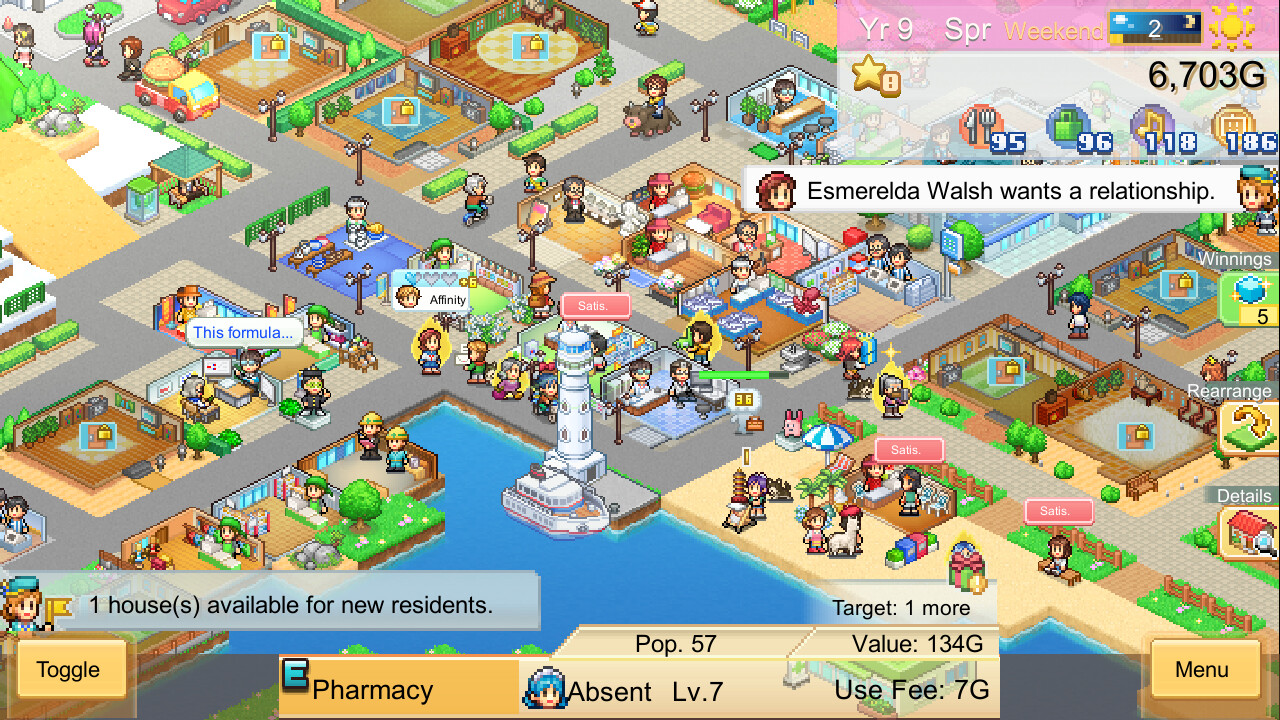
The deeper you get, the more layers show up. People start families. Kids grow up, move out, get new jobs. Some residents leave. New ones arrive. You add parks, shops, stations, sometimes a UFO landing pad — not because the game tells you to, but because you’ve run out of excuses not to. At some point, someone adopts an elephant, and no one questions it.
Money flows in, but so do distractions. Festivals pop up. Random events interrupt routines. A bonus contest appears just as you’re saving for an upgrade. It’s chaotic in a way that feels oddly believable — like you’re running a real town, not optimizing a perfect one.
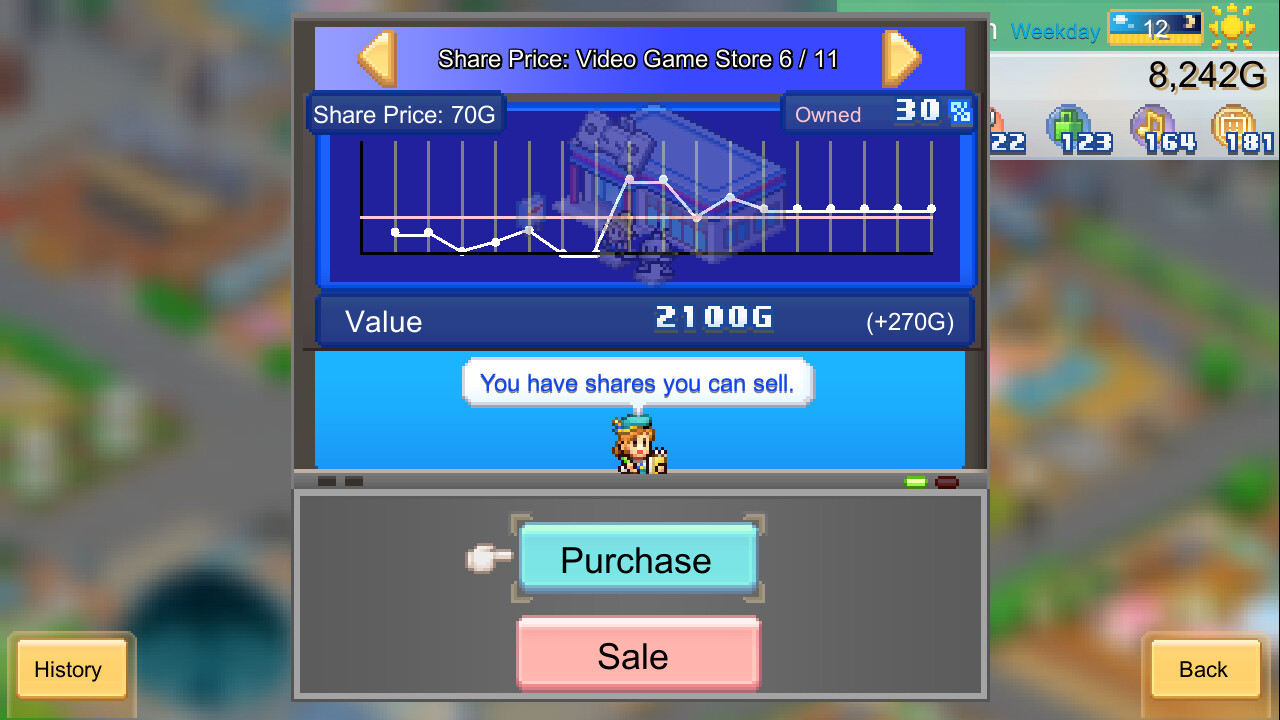
Eventually, the island runs out of room. So you expand it. Redraw the coast. Flatten the hills. Make a little more space for whatever this place is becoming. And even though it never looks quite the way you planned, it still ends up feeling like yours.
You’re not here to design a masterpiece. You’re just here to keep things running, one weird little block at a time.
Dream Town Island is available on Steam.
Follow Blooing on Facebook, YouTube, and TikTok for more Indie Game news and reviews.





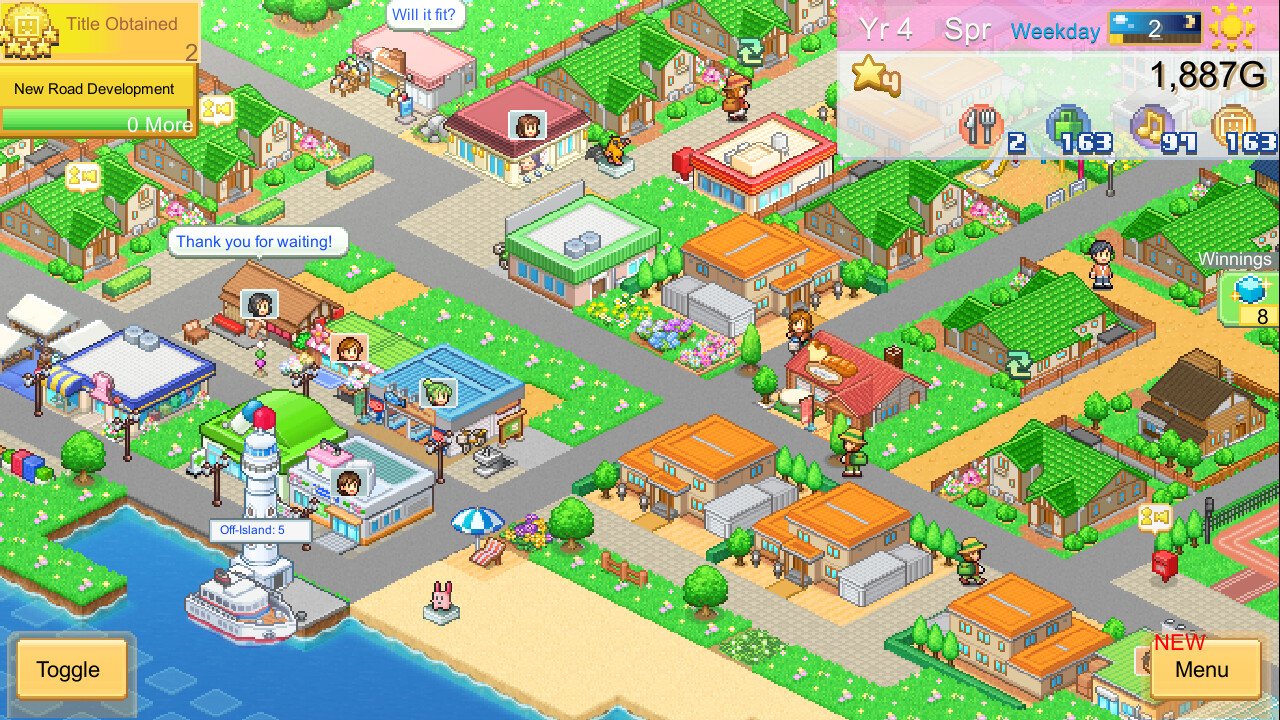







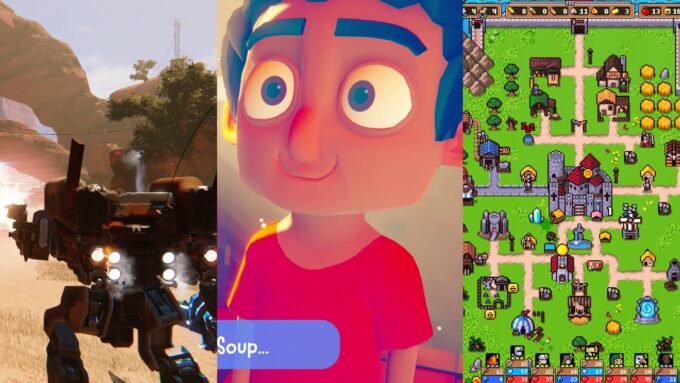
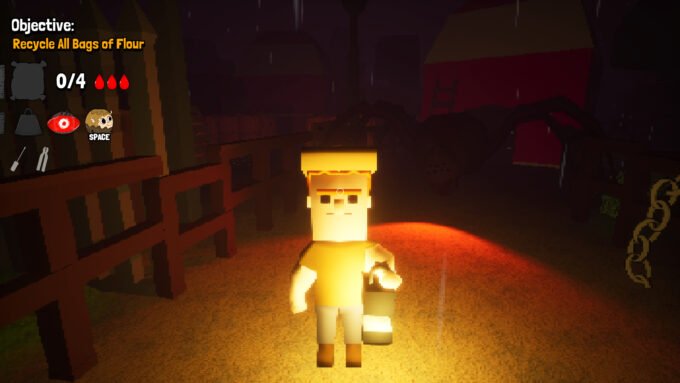

Leave a comment